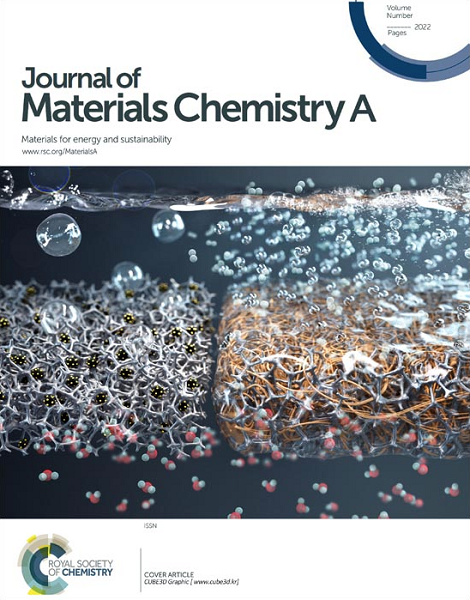Comprehensive Review of Core/Shell Nanostructures of Lead-Halide Perovskite Quantum Dots for Improved Optoelectronic Performance and Stability
IF 9.5
2区 材料科学
Q1 CHEMISTRY, PHYSICAL
引用次数: 0
Abstract
Lead-halide perovskite colloidal quantum dots (Pe-CQDs) have attracted significant attention in next-generation optoelectronic devices, including solar cells and light-emitting diodes, owing to their excellent optical, electrical, and photophysical properties. However, the inherent instability and performance degradation of Pe-CQDs hinder their commercialization. This review article comprehensively demonstrates the recent research trends in applying the core/shell strategy, which has been successfully utilized in traditional III-V and chalcogenide CQDs, to Pe-CQDs to achieve high performance and stability. By forming a protective shell layer on the Pe-CQD core, surface defects can be controlled, stability against external environments can be improved, and optical properties can be optimized by adjusting energy levels. This article presents various core/shell nanostructures and synthesis methods, along with specific research examples demonstrating the performance enhancement and stability improvement effects of the resulting Pe-CQDs, thereby providing important insights for the development of high-performance and stable Pe-CQD-based optoelectronic devices.提高光电性能和稳定性的卤化铅钙钛矿量子点核壳纳米结构综述
卤化铅钙钛矿胶体量子点(Pe-CQDs)由于其优异的光学、电学和光物理性能,在下一代光电子器件(包括太阳能电池和发光二极管)中引起了广泛的关注。然而,pe - cqd固有的不稳定性和性能下降阻碍了它们的商业化。本文综述了近年来在传统III-V型和硫系CQDs上成功应用的核壳策略在Pe-CQDs上的研究进展,以获得高性能和稳定性。通过在Pe-CQD核上形成保护壳层,可以控制表面缺陷,提高对外部环境的稳定性,并通过调节能级来优化光学性能。本文介绍了各种核/壳纳米结构和合成方法,以及具体的研究实例,展示了所得到的pe - cqd的性能增强和稳定性改善效果,从而为开发高性能和稳定的pe - cqd光电器件提供了重要的见解。
本文章由计算机程序翻译,如有差异,请以英文原文为准。
求助全文
约1分钟内获得全文
求助全文
来源期刊

Journal of Materials Chemistry A
CHEMISTRY, PHYSICAL-ENERGY & FUELS
CiteScore
19.50
自引率
5.00%
发文量
1892
审稿时长
1.5 months
期刊介绍:
The Journal of Materials Chemistry A, B & C covers a wide range of high-quality studies in the field of materials chemistry, with each section focusing on specific applications of the materials studied. Journal of Materials Chemistry A emphasizes applications in energy and sustainability, including topics such as artificial photosynthesis, batteries, and fuel cells. Journal of Materials Chemistry B focuses on applications in biology and medicine, while Journal of Materials Chemistry C covers applications in optical, magnetic, and electronic devices. Example topic areas within the scope of Journal of Materials Chemistry A include catalysis, green/sustainable materials, sensors, and water treatment, among others.
 求助内容:
求助内容: 应助结果提醒方式:
应助结果提醒方式:


